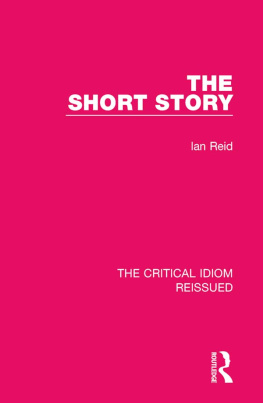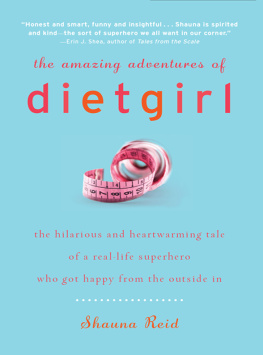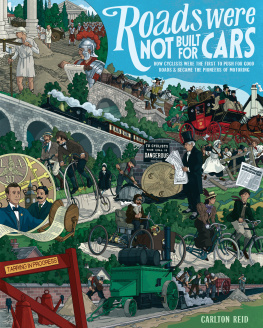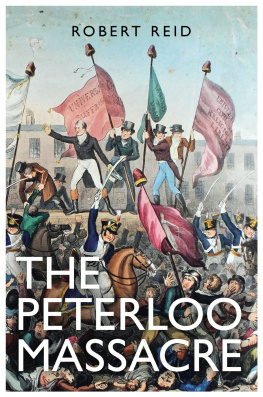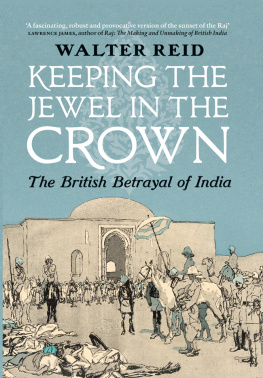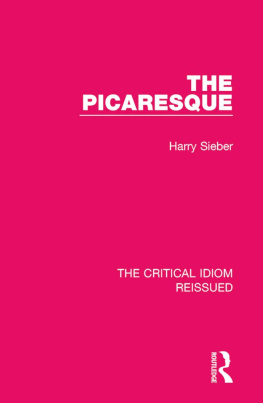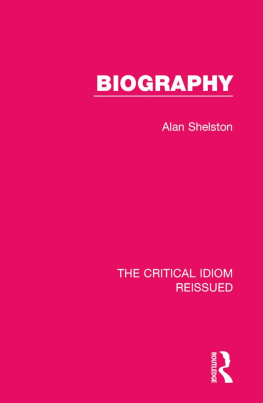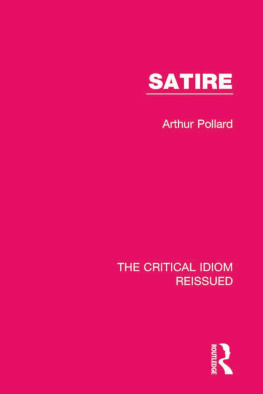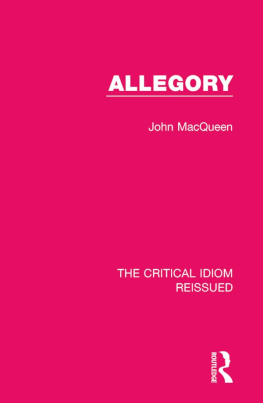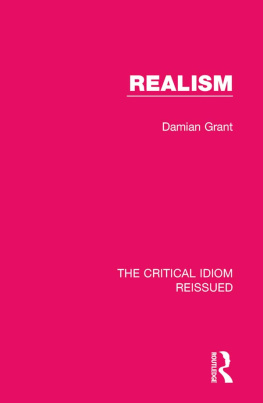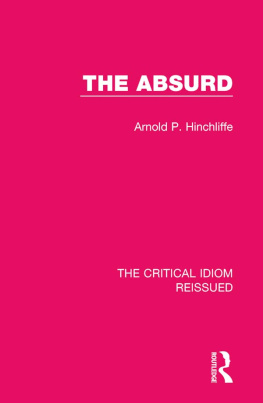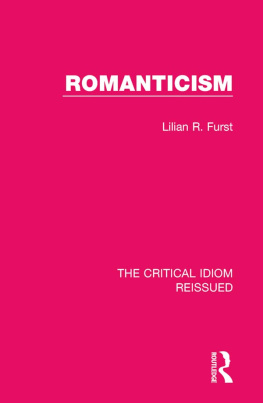Table of Contents
Guide
Print Page Numbers
THE CRITICAL IDIOM REISSUED
Volume 34
THE SHORT STORY
THE SHORT STORY
IAN REID
First published in 1977 by Methuen & Co Ltd
This edition first published in 2018
by Routledge
2 Park Square, Milton Park, Abingdon, Oxon OX14 4RN
and by Routledge
711 Third Avenue, New York, NY 10017
Routledge is an imprint of the Taylor & Francis Group, an informa business
1977 Ian Reid
All rights reserved. No part of this book may be reprinted or reproduced or utilised in any form or by any electronic, mechanical, or other means, now known or hereafter invented, including photocopying and recording, or in any information storage or retrieval system, without permission in writing from the publishers.
Trademark notice: Product or corporate names may be trademarks or registered trademarks, and are used only for identification and explanation without intent to infringe.
British Library Cataloguing in Publication Data
A catalogue record for this book is available from the British Library
ISBN: 978-1-138-21971-7 (Set)
ISBN: 978-1-315-26975-7 (Set) (ebk)
ISBN: 978-1-138-23371-3 (Volume 34) (hbk)
ISBN: 978-1-315-30879-1 (Volume 34) (ebk)
Publishers Note
The publisher has gone to great lengths to ensure the quality of this reprint but points out that some imperfections in the original copies may be apparent.
Disclaimer
The publisher has made every effort to trace copyright holders and would welcome correspondence from those they have been unable to trace.
The Short Story
Ian Reid
First published 1977 by
Methuen & Co. Ltd
11 New Fetter Lane London EC4P 4EE
Reprinted 1979 and 1982
Published in the USA by
Methuen & Co.
in association with Methuen, Inc.
733 Third Avenue, New York, NY 10017
1977 Ian Reid
ISBN 0 416 56060 1 (Hardback)
ISBN 0 416 56070 9 (Paperback)
All rights reserved. No part of this book may be reprinted or reproduced or utilized in any form or by any electronic, mechanical or other means, now known or hereafter invented, including photocopying and recording, or in any information storage or retrieval system, without permission in writing from the publishers.
For WENDY
(Ekki er langt um at gra)
Contents
It is difficult to know where a list of ones academic debts would begin or end. Several colleagues and students have contributed to the shaping of this monograph, and a roll-call of creditors is not the best way for me to thank them. But I do wish to record specifically my gratitude to the American Council of Learned Societies for awarding me a Fellowship which made possible some of the work drawn on here, to Professor Wolfgang Holdheim of the Comparative Literature Department at Cornell University for some helpfully long discussions of short fiction, and to Ms Robin Eaden for scrutinizing draft material.
Over the last 150 years the short story has come to figure conspicuously in the literature of several countries. Appearing in diverse periodicals as well as in books, it is probably the most widely read of all modern genres, and not only light-weight entertainers but also many distinguished fiction-writers during this period have found it congenial. Yet even now it seldom receives serious critical attention commensurate with that importance. Not until the OED Supplement of 1933 did the term short story itself, designating a particular kind of literary product, gain formal admittance into the vocabulary of English readers. Theoretical discussion of the form had begun nearly a century before that tardy christening with some essays by Edgar Allan Poe, but was slow to develop and is still in an immature state. It seems to be impeded especially by problems connected with the popularity of the short-story genre.
Slightness and slickness, for instance, while not invariably resulting from brevity, do often infect the short story when it is adapting itself to market requirements. Magazine publication expanded hugely during the nineteenth century, tending to encourage stereotypes, mannerisms, gimmickry and the like. Consequently critics are sometimes reluctant to take the short story seriously as a substantial genre in its own right. Bernard Bergonzi, for one, thinks that the modern short-story writer is bound to see the world in a certain way because the form he is using has an insidiously reductive effect: it is disposed to filter down experience to the prime elements of defeat and alienation. More satirically, Howard Nemerov applies these belittling strictures:
Short stories amount for the most part to parlor tricks, party favors with built-in snappers, gadgets for inducing recognitions and reversals: a small pump serves to build up the pressure, a tiny trigger releases it, there follows a puff and a flash as freedom and necessity combine; finally a celluloid doll drops from the muzzle and descends by parachute to the floor. These things happen, but they happen to no-one in particular.
There are indeed many magazine stories that one could justly dismiss in such terms, and it may well be true that even the acme of short fiction hardly matches the greatest novels in depicting the complex and wide-ranging nature of much human experience. Complexity and breadth, however, are not always the most central or interesting features of our lives. Only a naive reader would confuse significance with bulk. The lyric is by no means less potent and meaningful, inherently, than a discursive poem, and the short story can move us by an intensity which the novel is unable to sustain.
Small-scale prose fiction deserves much more careful criticism, theoretical and practical, than it has usually had. It gets elbowed out of curricula at the universities and elsewhere by its heftier relatives, novel, poetry and drama; and of the countless academic journals very few regularly give space to essays on this neglected genre. Good books about the novel are legion; good books about the short story are extremely scarce. Most of those in English were written on the side by practitioners such as H.E. Bates, Frank OConnor and Sean OFaolain. Germany has produced numerous scholarly studies of short fiction, but these are frequently impaired by a finicky taxonomic purism which would set the

